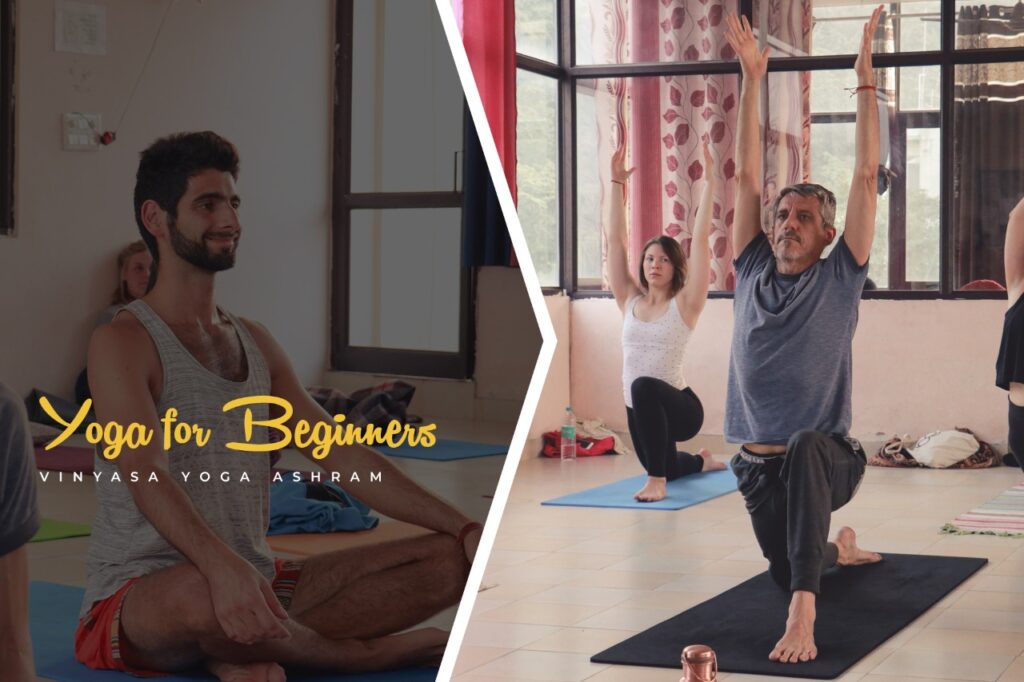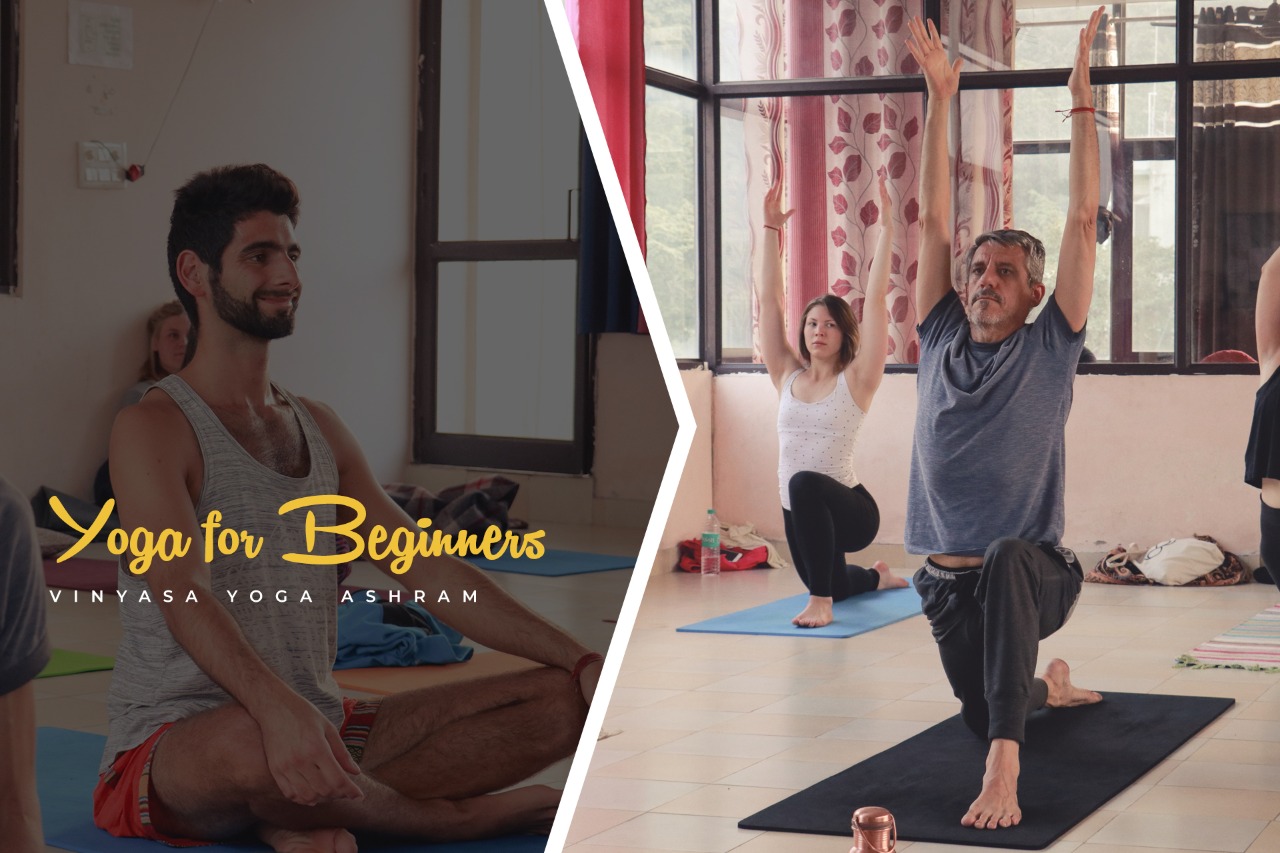

Yoga is about creating space in your body and mind. It is a connection between your mind, body and breath to feel the sense of oneness within you. A great Yoga practice allows to return the mind back to calmness, heart back to openness and calibrate the nervous system back into balance, as opposed to being dominated by the stress and hormone levels. Apart from all this, it also helps in building the required strength and flexibility to achieve our fitness goals.
So, if you have decided to start your Yoga Journey, it is the best decision that you have made to stay fit and calm at the same time.
Identify what kind of beginner are you?
This is one of the important factors that is normally neglected by many practitioners which generally leads to loss of motivation to continue the practice.
So, what kind of beginner are you?
- Are you someone who has never done any kind of physical exercise and are looking to start your yoga journey to be able to stay fit?
OR
- Are you someone who has been doing some sort of physical exercise like gym fitness and any other activities like sports, dancing etc and are willing to explore the possibilities in Yoga to improve your practice?
Although Yoga practice benefits everyone, it is important to understand which category you fall in to curate a proper sequence of asanas and their intensity accordingly.
Category A: Someone who has never done any kind of major physical activity and has had a sedentary lifestyle will be generally lacking in strength, stamina and flexibility. It is essential for them to take their asana practice very slowly to avoid any kind of injuries. Gentle joint warms-ups, followed by gentle beginner asanas would be great to start with and then, eventually as the strength and stamina builds, they can progress to the next level
Category B: Someone who has been physically active through a regular fitness regime, sports, dancing etc, but has never tried Yoga practice will generally have good strength and stamina levels, but will lack flexibility. For such practitioners getting into chaturanga dandasana (yogic push-ups) or Adho mukha vrksasana (handstand) wouldn’t be a challenge, but a simple posture like uttanasana (Standing forward fold) or adho mukha svanasana (Downward facing dog) would seem difficult, due to lack of hamstring flexibility. Dynamic warmups focusing on joint movements and stretching, followed by 3 to 5 rounds of surya namaskar and a gentle body opening sequence would be a good start for such practitioners.
How to start your practice?
Warm-ups
Like any other exercise, it is very important to incorporate a good warm-up sequence even for Yoga practice. Warm-ups help to raise the body temperature, which improves the blood flow to the muscles thereby allowing them to contract and relax with ease. Find a good 10 mins warm-up sequence that suits you.
|
Warm up |
Category A |
Category B |
|
Joint movements from head to toe (neck, shoulder rotations, spinal movements like cat and cow posture, wrist rotations, hip circles, knee extension and rotation, ankle rotations |
Keep it simple by doing all these movements sitting in dandasana (staff pose) or lying down. |
Make these joint movements more dynamic and challenging. Example Do you knee extensions, ankle rotations in boat pose. This way, you are working on your core and joint movements at the same time |
|
Other dynamic warm-ups |
Jumping jacks, kati chakrasana (spinal twists) |
Jumping jacks, kati chakrasana followed by 3-5 rounds of surya namaskar |
|
Posture |
Category A |
Category B |
|
Forward bending posture |
1) Uttanasana (standing forward fold) 2) Paschimotanasana (seated forward fold) 3) Adho Mukha svanasana (downward facing dog) |
1) All of category A 2) Padangusthasana (Big to pose)
|
|
Heart opening/Gentle back bending postures |
1) Bhujangasana (cobra pose) 2) Shalabhasana (locust pose) |
1) All of category A 2) Dhanurasana (Bow pose)
|
|
Gentle twisting postures |
1) Meru Vakrasana (spinal twist) |
Same as category A and can go for bind in the spinal twist
|
|
Leg balancing postures |
1) Vrikshasana (treepose) |
1) All of category A 2) Veerbhadrasana C (Warrior C pose)
|
|
Hip opening postures |
1) Veer bhadrasana B (warrior B posture) 2) Malasana (Garland posture) |
1) All of category A 2) Parshvakonasan (side angle pose) Trikonasana (triangle pose) |
|
Relaxing posture |
1) Supta vajrasana 2) Shavasana |
Same as category A |
Pranayama and meditation
Pranayama and meditation are equally important to get a holistic benefit of Yoga. This will help you get control over your breath and calm your mind at the same time. So, incorporate 10 mins each for pranayama and meditation post your yoga practice. Some of the common pranayama practices would be anulom vilom (alternate nostril breathing), kapalbhatti or full yogic breathing.
Few other points to remember:
- Keep yourself motivated to show-up on the mat everyday: Too boring or too intense practice are the most common reasons to get demotivated and discontinue the yoga practice. So, considering the fitness level, it is important to change the routine to make it more challenging, as our body thrives off being challenged. So, if you are self- practising, try to be creative and see what you can do differently every day. If you are consistent and patient enough, the results are inevitable.
- Be aware of your body: It is good to push your limits, but also be aware of the good and bad pain that you experience during or after your practice. For this, try to do as many active movements as possible, as they will work on strengthening the muscles, rather than passive stretches which may cause a muscle tear due to overstretching. For example, in knee extensions, instead of straightening your knees using your hands, let it straighten by itself, as it will then work on your quads strength. Remember the pain generated from an active movement is always preferred than pain generated from passive movement.
- Work on your weakness more than your strength: Make sure you train your weakness more than your strength areas, as naturally we are inclined to work on our strengths. Doing Yoga with full awareness will eventually tell you what are your weak points. Example if you know you are not able to do one leg balancing, then try to do lower body warm-ups like leg extensions, ankle and hip rotations balancing on a single leg. This will not only bring the strength and stability but also train your muscles to be in the posture where you struggle
- Find a good teacher or Yoga school: Although we have an ocean of information available on the internet today, that will help anyone to start their yoga journey, it is still recommended to start the practice with a good personal teacher preferably offline who can understand your level and accordingly start curating the practice sessions. A good teacher will also be helpful to make corrections and adjustments in the postures for correct alignment.
- Last but not the least, don’t forget to enjoy! : Yes, Yoga is all about being consistent and disciplined. However, it is imperative to enjoy your journey. Enjoy the success of magically finding yourself in a posture which once seemed impossible, but at the same time don’t forget to enjoy the innumerable failed attempts to get there.
Recent Posts
- How Yoga Science and Anatomy Enhance The Practice
- Yoga for digestive health
- Yoga for Seniors: Boosting Overall Health and Wellness in Later Life
- International yoga day: A Global Celebration of Yoga and Well-being
- Ashtanga Vinyasa Yoga vs. Hatha Yoga: A Comprehensive Comparison
- Sound Healing: The Therapeutic Power Of Vibrations For Wellness
- How to Become a Certified Yoga Instructor in Rishikesh
- Yoga Teacher Training
- Living Yoga Philosophy Daily
- The Impact of Yoga on Sleep Quality and Insomnia
- Corporate World in Yogic Way
- Yoga rooted in Harmony with Nature
- Yoga and Mindfulness: Cultivating Presence On and Off the Mat
- Yogasana: The Inner Journey from Exercise to Yoga
- Marichyasana : Embrace the Twist

